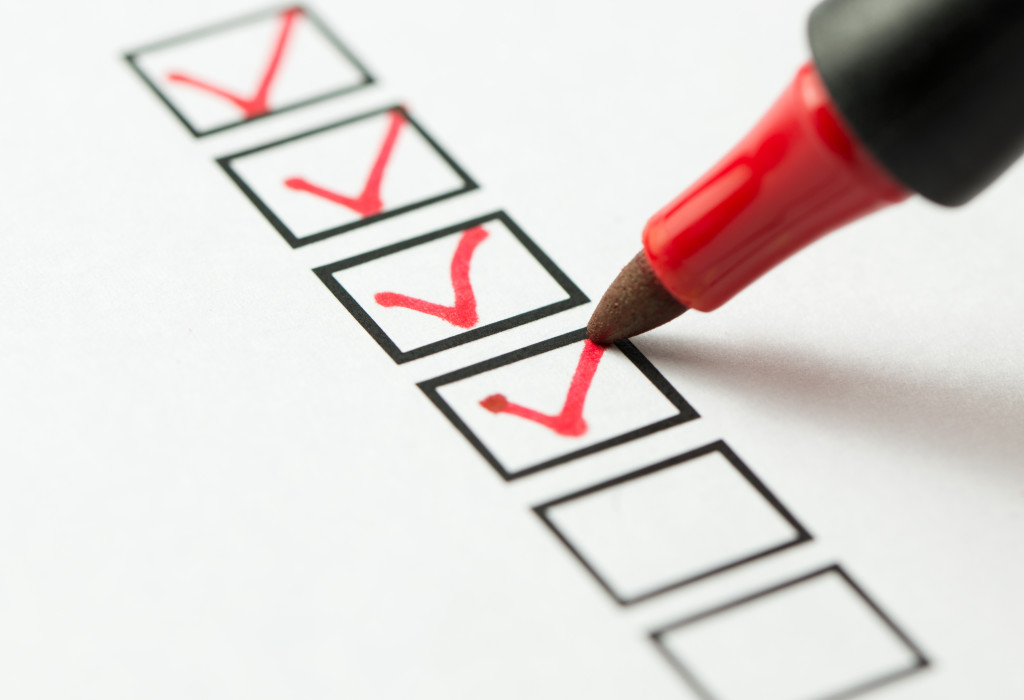When learning how to drive, a student must have basic knowledge of traffic rules and driving techniques in order to learn as efficiently and safely as possible. The same goes for flying lessons, but flying a plane takes a lot more skill and preparation than driving a car.
That said, diving into flying lessons without ensuring that you’re ready is probably not the best course of action. Even if you are a fast learner, there are certain things that you have to know before you step foot into a flying school. Granted, your flying instructor will teach you the basics before putting you behind the yoke, but it helps to do some self-preparation beforehand.
That said, here are the signs that could mean you’re ready to start with your flying lessons:
1. You’ve set your sights on a flying school
There are several factors that you have to consider when choosing a flight school, including but not limited to: location, experience, reputation, and cost. In order to learn as efficiently and safely as possible, you would want to choose a school that has been in the business for years—if not decades—and has a good reputation among its students and flight professionals. Moreover, the flight school would have to be within reasonable proximity to your house as well as fit your budget to be highly cost-effective.
If you haven’t chosen a school to take professional flying lessons yet, give yourself enough time to “shop” around. Consider at least three or more schools before making your final choice, paying heed to the important factors mentioned above.
2. You’ve done basic research about aerodynamics
Knowing how a plane flies is imperative knowledge for all those who want to learn how to fly. You don’t need to be an aerodynamics expert by the time you enroll in flight school, but having a firm understanding of the basics makes a huge difference.
Luckily, there are a lot of resources that can help you prepare for training. Check out informative YouTube videos about aerodynamics and basic flight principles. The Federal Aviation Administration (FAA) also offers the Pilot’s Handbook of Aeronautical Knowledge, which covers aerodynamics for free. Moreover, you can check out videos of actual flights to see what it’s like from a pilot’s perspective.
3. You’ve prepared the requirements

Before you can enroll in flight school, you need to:
- Complete an introductory training flight
- Pass the FAA medical exam and obtain a first-class medical certificate from an aeromedical examiner
- Obtain a student pilot certificate through the FAA (you don’t need one to start lessons, but you will need it when you start flying solo during training)
Gather all these requirements before applying to your flight school of choice. If you haven’t started yet, find out the nearest locations where you can obtain these requirements and dedicate at least a few weeks to this endeavor. Depending on your location and the agencies that provide these requirements, you may experience delays in the process. Hence, it’s best to start as early as possible.
4. Memorize the phonetic alphabet
Memorize each letter in the NATO phonetic alphabet as well as the special number pronunciations. This way, the risk of getting confused or blanking out during actual training will be at a minimum.
Once you have the alphabet memorized, practice saying the equivalent of each letter out loud whenever you can. As much as possible, you would want to be able to translate words or letters to the corresponding name in the alphabet quickly.
5. You have a basic knowledge of weather principles
Pilots-in-training also spend a significant amount of their time learning about weather principles and how it can affect the flight. Use resources from the FAA or elsewhere to learn the basics of weather, such as cold fronts, atmosphere, microbursts, clouds, and more.
6. You’ve gotten over your biggest fears about flying
Even if you are completely sold on the idea of becoming a pilot, it’s perfectly normal to have fears. However, it’s best to overcome at least some of your biggest fears so that they don’t hold you back during training. For example, if you get very uneasy at high altitudes, you may want to ride alongside a licensed pilot to get used to the feeling of being at such a great height.
Even if you check ‘yes’ to all of these signs, you will never truly know if you’re ready until you start lessons. Nevertheless, it’s best to do your utmost when preparing so that you can make each lesson count.

